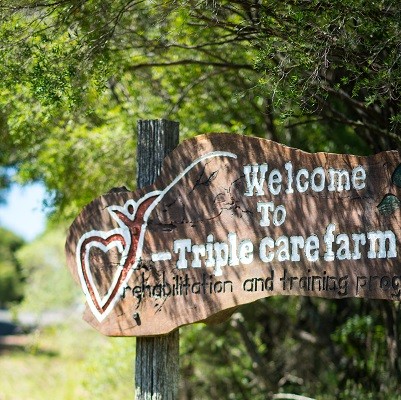By Nichole Sullivan, Registered Psychologist. MBA B Sc Psych Hons.
Once clients with a substance use disorder come to the attention of their doctor, or families become concerned, they are usually chronic and relapsing conditions. This level of chemical dependency requires careful and responsible withdrawal management.
Places in treatment programs are few. Fewer if you are a young person. Dropout rates are high. Services are grossly underfunded (and politically unsexy). At the same time, traditional models such as Alcoholics and Narcotics Anonymous (AA, or NA) are less relevant for the emerging clients of Gen X, Y and Z.
It is unsurprising then that treatment remains largely ineffective for emerging waves of Ice users.
The combination of difficult to treat disorders, funding gaps, lack of withdrawal management services and outdated models has left clients and their families with little quality options for treatment.
Drug and alcohol treatment is usually provided under one of two frameworks:
- The first is an abstinence based framework, such as in AA where the model prescribes that clients must remain abstinent in order to be successful in overcoming substance use disorders. Abstinence based treatments have proven very successful in maintaining lengthy periods of abstinence however, once people fall off the wagon, abstinence models fail miserably at getting clients back into treatment. We call this the ‘abstinence violation rule’. A client working in this model is likely to feel guilt and shame for relapsing and thus doesn’t return to treatment.
- The second type of framework is harm minimisation, where treatment aims at reducing the harm from drug use, through reducing the quantity, changing the type of drug, teaching safer ways to use, or changing the times when people are using – all aimed at reducing the impact of drugs on the client’s life. Harm minimisation has proven to be more engaging for clients, meaning they drop out less often. However, the model, particularly for methamphetamine users, has failed to help them kick the habit for good.
Dialectical Behaviour Therapy is a new and emerging model, originally designed by Dr Marsha Linehan for treating women with Borderline Personality Disorder. Newer models use the term dialectical abstinence, where clients plan periods of time without drugs and then plan for relapse.
It is a heavy departure from tradition, planning with clients to use and also planning with them to be completely drug free for a period. It was difficult to describe to families and carers, that we were planning for relapse, however, my experience in using this model at Triple Care Farm and in my own private practice is that clients feel engaged, understood, and not judged. It naturally fits with the usual pattern of recovery (abstinence, relapse, abstinence), and it keeps clients coming back.
Several randomized clinical trials have found that DBT for Substance Abusers decreased substance abuse in patients with borderline personality disorder. The treatment also may be helpful for patients who have other severe disorders co-occurring with substance use or who have not responded to traditional evidence-based therapies.
Outcomes for young people at youth drug and alcohol rehabilitation program, Triple Care Farm, are strong. It follows a holistic model for care and treatment and includes counselling for young people, using the DBT model. I encourage you to learn more about it.


